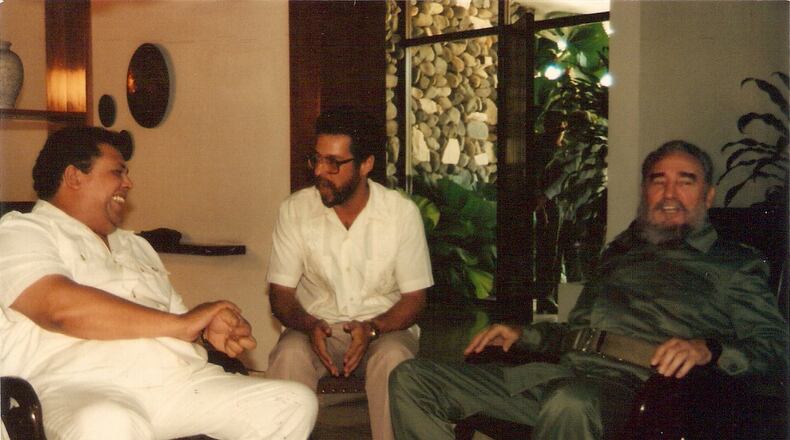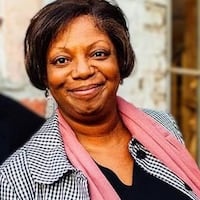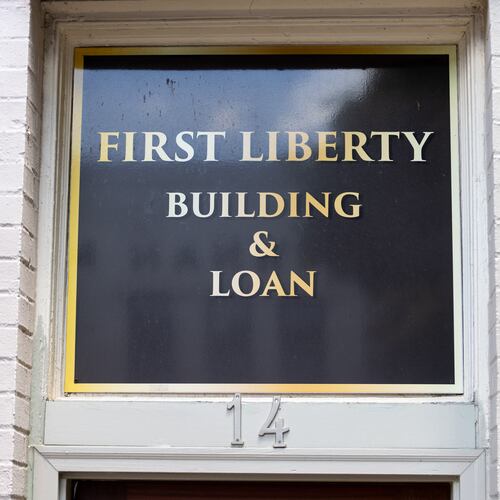It’s the biggest island in the Caribbean, located just 90 miles from Key West. Still many Americans know little about Cuba. For decades, it was considered America’s playground. From the turn of the century through the 1950s, tourists flocked to there. But, by the early 1960s, the countries were estranged and Americans were effectively banned from traveling to the island nation. The standoff would go on for half a century. Here’s a closer look.
Pre-revolution
- Americans hold heavy economic interest in Cuba at the turn of the 20th century and control its sugar industry.
- Fulgencio Batista rises to power in the 1930s, appoints himself chief of the armed services and becomes defacto leader, controlling a succession of puppet presidents. He is elected president himself in 1940 and ushers in an era of economic prosperity, due mostly to his willingness to make the country a playground for the wealthy.
- Batista loses the election in 1944, leaves Cuba for Florida, but returns in 1952 to run again. When it becomes clear that he's going to lose, he takes power by force.
- Revolutionaries strike against Batista, with the support of many Cubans. Batista flees the country with his riches on New Year's Eve 1959 and lives the rest of his life in exile.
Fidel Castro’s rise to power
- After overthrowing Batista's government, Fidel Castro, a one-time law student, takes the helm as prime minister of Cuba. He jails political opponents and disavows Cuba's military pact with the U.S. His government confiscates U.S. assets and establishes Soviet-style collective farms.
- The U.S. breaks relations with Cuba on Jan. 3, 1961, and Castro formalizes his alliance with the Soviet Union. Thousands of Cubans flee the country.
- Months later, a U.S.-backed group of exiles invade the country, but the group doesn't get the popular support needed. Operating without U.S. air support, the invaders are easily defeated by the Cuban military.
Today
- A sickly Castro announces in February 2008, after 49 years in power, that he is retiring. He is succeeded by his brother, Raúl. That same month, Cuba signs two international pacts agreeing to ensure its citizens political and civil freedom.
- The Cuban government begins relaxing restrictions on its citizens. Relations with the U.S. begin to warm, culminating in President Barack Obama's announcement that the U.S. would resume full diplomatic relations with Cuba.
- In another step toward resuming full diplomatic relations, the U.S. removes Cuba from its list of state sponsors of terrorism in May 2015.
From Infoplease.com, University of Virginia’s Carter G. Woodson Institute for African-American and African Studies.
About the Author
Keep Reading
The Latest
Featured



